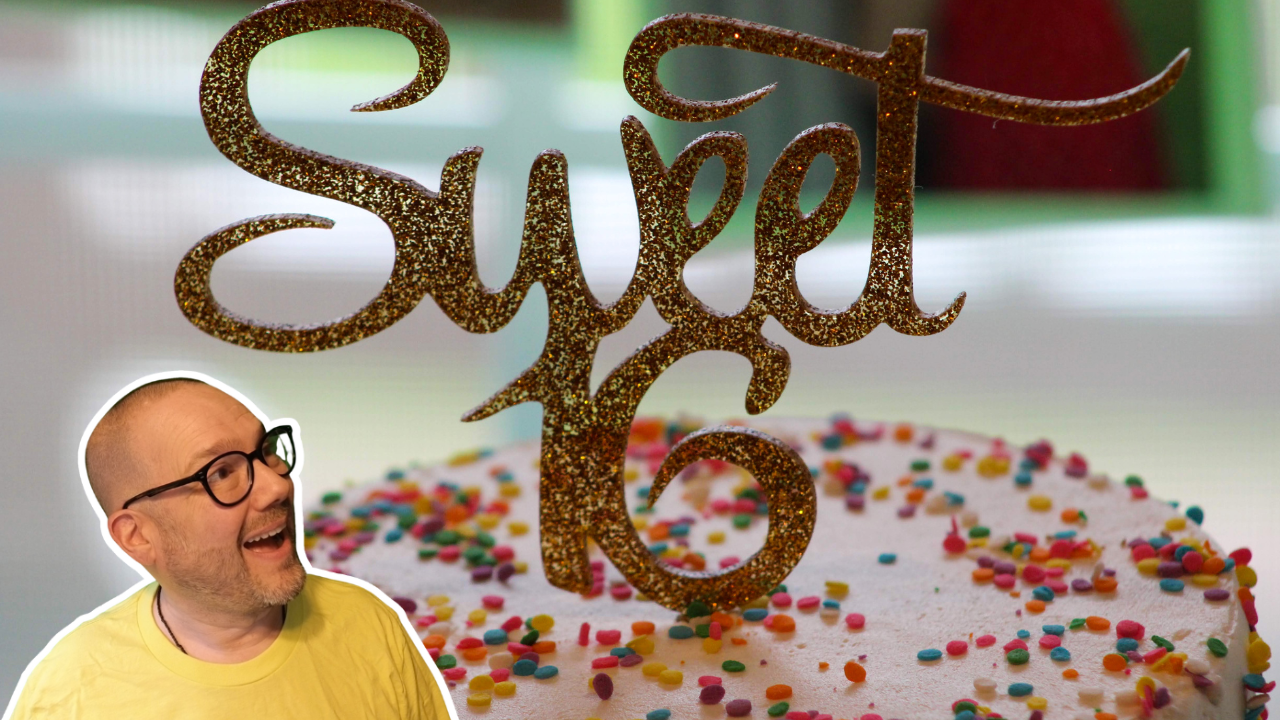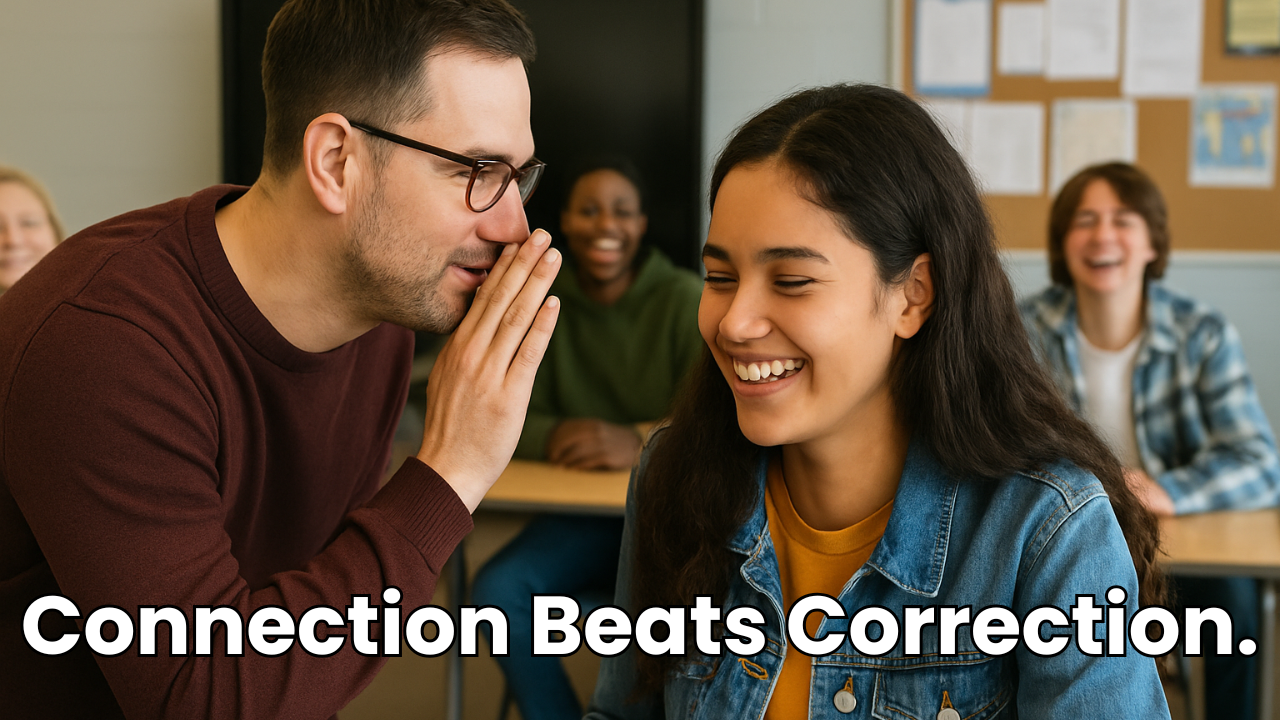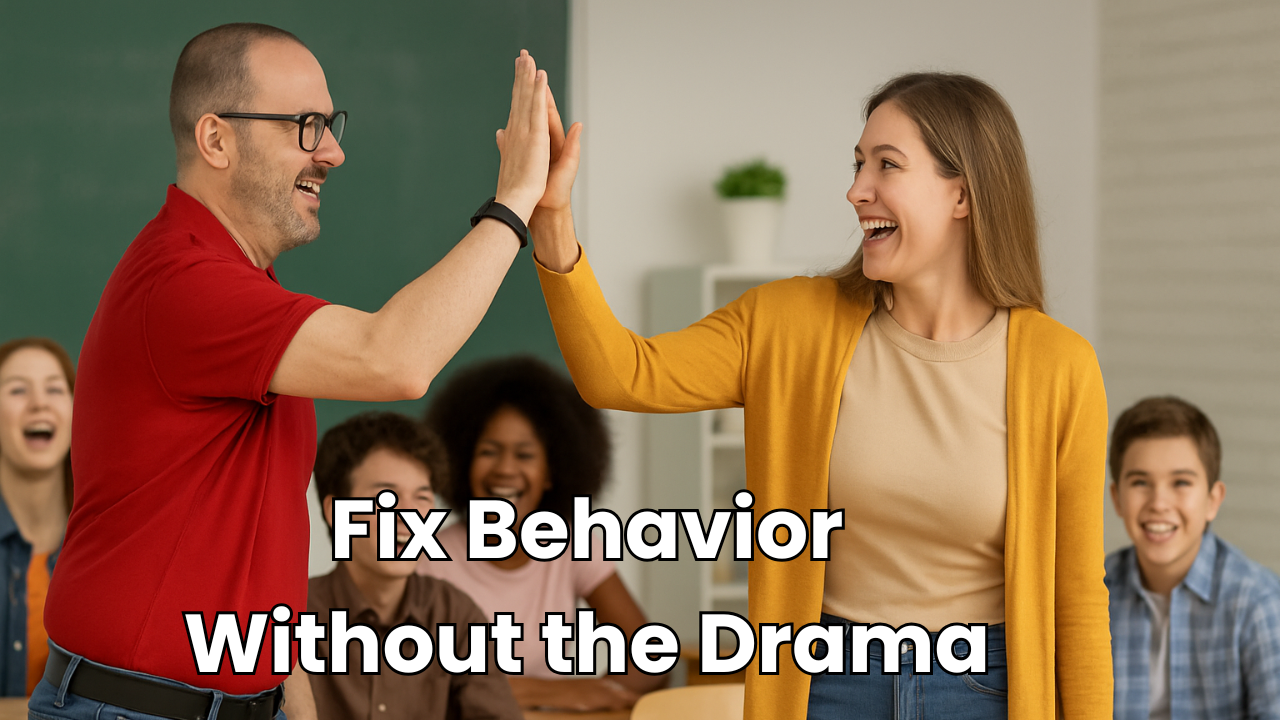
Engaging Your Students and Making Language Learning Fun
As language teachers, we're always on the lookout for effective and creative ways to engage our students and help them master essential language skills.
In today's blog post, I'm thrilled to share some valuable tips and techniques for teaching with comprehensible input.
We'll specifically explore the significance of the Sweet 16 Verbs and how incorporating gestures can greatly facilitate your students' learning process.
So, if you're ready to add some excitement to your language lessons, you've come to the right place!
The Sweet 16 Verbs: Building Language Proficiency
When it comes to language acquisition, some verbs hold more weight than others.
The Sweet 16 Verbs are a set of essential verbs that every language learner should prioritize.
These verbs serve as a foundation for constructing sentences and expressing ideas effectively.
Let's take a closer look at these verbs and discover how gestures can play a key role in reinforcing their meanings.
1. There is
To convey the idea of existence, I use a simple gesture. I extend my hand outward, curl my fingers into a fist, and place it inside my palm, symbolizing something being present. For example, I say, "There is something on the table." This visual cue helps students grasp the concept effortlessly.
2. Is
In Spanish, "is" can translate to "es." To illustrate this verb, I bring my hands underneath my chin, forming a small cradle, and then smile. This gesture represents something or someone being "good-looking" or "attractive." It adds a touch of playfulness to the learning experience.
3. Is located
In languages where there's a distinction between "is" and "is located," like Spanish, it's crucial to address them separately. I use a gesture where I place my palm open, and with two fingers, mimic pointing at a map. This visual cue indicates a specific location, enhancing students' understanding of the concept.
4. Is feeling
To convey emotions, particularly happiness, I make an exaggerated smile and say, "is happy." This vivid expression allows students to associate the gesture with the emotion, making it easier for them to grasp the meaning of the verb.
5. Has
Ownership can be a complex concept to grasp, but with a simple gesture, it becomes much clearer. I demonstrate the act of claiming something by taking an object and bringing it close to my chest. This gesture embodies the idea of "having" or "possessing" something.
6. Wants
"Wants" is a verb that conveys desire or ambition. To illustrate this, I adopt the persona of an evil mastermind who wants to rule the world and rub my hands together, complete with an exaggerated facial expression. This amusing gesture not only engages students but also helps them remember the verb with ease.
7. Goes
To represent movement, I take a leisurely walk along my arm, starting from the wrist and ending at the elbow. This gesture effectively conveys the idea of "going" from one place to another, allowing students to associate the action with the verb effortlessly.
8. Likes
"Likes" is all about preferences. To depict this verb, I give two thumbs up, indicating approval or enjoyment. This straightforward gesture helps students understand the concept of liking something or having a positive inclination towards it.
9. Leaves
To depict the action of leaving, I encourage students to imagine themselves as flight attendants, pointing at various exits as they would on an airplane. This playful gesture emphasizes the idea of departure and ensures students grasp the meaning of "leaves" effectively.
10. Does or Makes
For "does" or "makes," I introduce an American Sign Language (ASL) gesture. I form two fists, bringing them together, and then twist them. This gesture signifies the act of doing or making something, enabling students to associate the physical motion with the verb.
11. Puts
To demonstrate the action of placing an object on a shelf, I instruct students to raise their hands and mimic putting an imaginary box on an imaginary shelf. This interactive gesture adds a kinesthetic element to the learning process and reinforces the meaning of "puts" in a fun way.
12. Can
The verb "can" represents the ability to do something. I use a thumbs-up gesture, swiping upward, to signify "being able to." This visual cue enables students to connect the gesture with the idea of capability, simplifying the learning process.
13. Gives to him or her
To convey the act of giving something to another person, I demonstrate the gesture of handing an object to someone else. This visual representation helps students understand the concept of "giving to him or her" more effectively.
14. Says to him or her
For this gesture, I use one hand and make it into a mouth “talking” and use the other hand, palm facing the talking hand to represent the “him or her.”
15. Knows
To convey knowledge or understanding, I point to my head, indicating that the person "knows a fact." This simple gesture enhances comprehension and aids students in associating the gesture with the concept of knowing.
16. Returns or goes back
To illustrate the idea of returning or going back, I make a small sideways U gesture, indicating movement away from a place and then returning to it. This visual cue helps students grasp the meaning of "returns" or "goes back" effortlessly.
Engaging Students for Comprehensive Input
By incorporating gestures into our language lessons, we provide our students with comprehensible input.
These visual cues not only make the learning experience more enjoyable but also enhance students' ability to understand and retain information.
When students can associate gestures with specific verbs, they build stronger connections and reinforce their language proficiency effectively.
So don't hesitate to add some excitement with these Sweet 16 Verbs and engaging gestures. Your students will thank you.
Remember, comprehensive input is key to language acquisition, and gestures are a powerful tool in achieving this goal.
Let's make language learning a happy and immersive experience for our students!
Happy Comprehensible Input!



